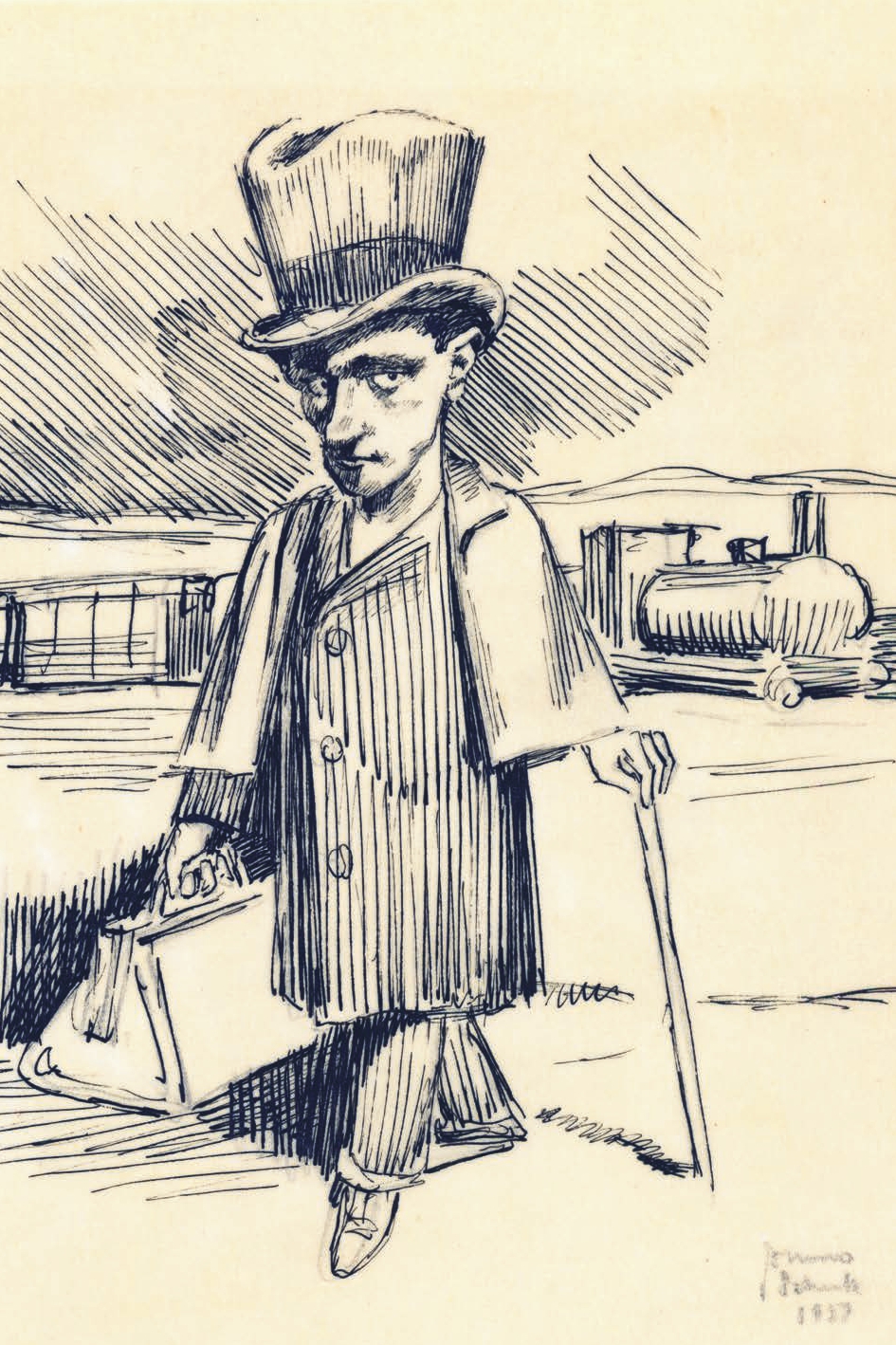Bruno Schulz, the Man
DOI:
https://doi.org/10.26881/sf.2023.s.04Abstrakt
The paper is an attempt to shed light on Bruno Schulz as a man seen in a specific social and historical context. It is a kind of reconstruction of his (un)manliness. A starting point was an intuitive supposition that for Schulz being a (“real”) man might have been a genuine ordeal and that few people actually perceived him as one. The reconstruction is based on testimonies, letters, and individual observations of the writer’s colleagues and friends. They questioned those elements of Schulz’s male identity which did not fit the accepted social model. The picture that has been revealed by a number of memories, distorting or exaggerating his actual features and attitudes under the influence of the stereotypes of the times, consists of at least six elements: (1) Schulz was an ugly weakling; (2) a sickly mamma’s boy always in depression; (3) a sexual impotent, maniac, and pervert; (4) a sluggard and a schlemiel; (5) a parasite depending on his clever, socially prominent, and wealthy elder brother; and (6) a burden to the family that he should have supported. The author opposes that stereotype which, even though impressive in literary terms and well rooted in Schulz’s biographical myth, significantly simplifies his picture and biography by reducing him to a caricature of a great but socially castrated artist. Paradoxically, what made Schulz an artist: his talent, sensitivity or perhaps even hypersensitivity, gentleness, shyness, a unique (maybe pretended?) sense of separation from reality, as well as deep insight in it somehow deprived him of manliness as defined by society and made him unmanly. On the other hand though, all those traits contributed to an explanation, a shield, and an alibi of the stereotypical unmanliness. Thus, sometimes some people were able to forgive him his weakness since after all he was an artist. But what if had been a shoemaker or, for that matter, a dealer in textile fabrics?

 Uniwersyteckie Czasopisma Naukowe
Uniwersyteckie Czasopisma Naukowe





